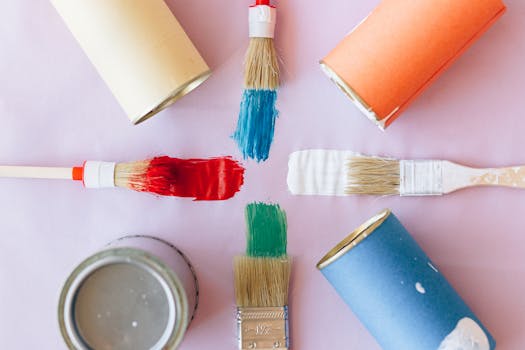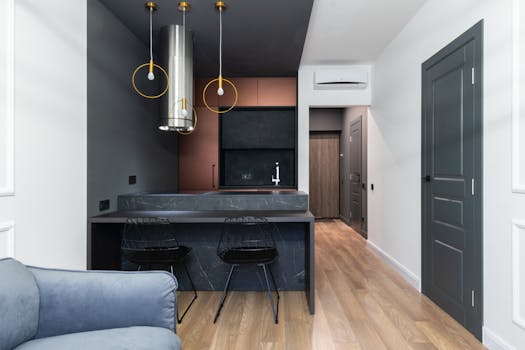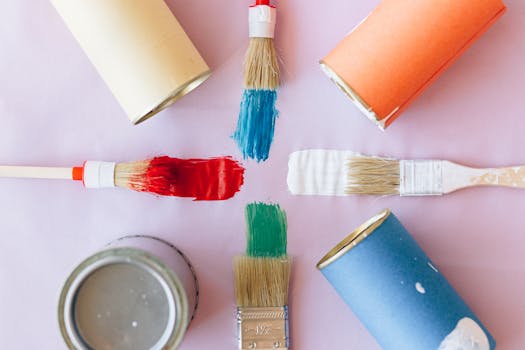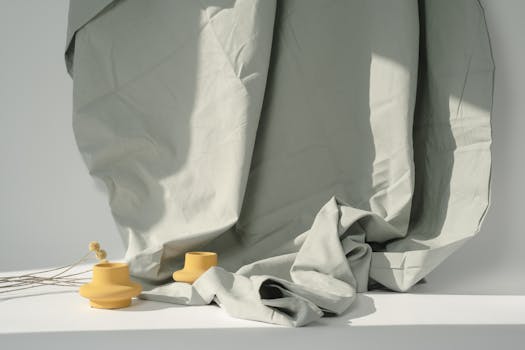
Understanding the Importance of Color in Home Design

Color can influence mood, alter perception of size, and even impact feelings of comfort and security within a space. When it comes to home design, choosing the right colors can make all the difference. Whether you want a serene retreat or a vibrant gathering place, your color choices set the tone for every room.
Consider Your Personal Style

Your home’s color palette should be a reflection of your personal taste and lifestyle. Start by gathering inspiration from various sources such as magazines, Pinterest boards, or home design shows. Note the colors that make you feel happiest and most at ease. Do you lean towards cool neutrals, vibrant hues, or earthy tones? Understanding your style will guide your choices and help create a cohesive look throughout your home.
Understanding Color Psychology

Different colors evoke different emotions; understanding these effects can play a crucial role in your choices. For instance, blue is known for its calming properties, making it an excellent choice for bedrooms or bathrooms. Yellow can promote cheerfulness and warmth, perfect for kitchens or family rooms. While you should choose colors that resonate with you, also consider how you want to feel in particular spaces.
Choosing a Base and Accent Color

Usually, a color palette incorporates a base color, secondary colors, and accent colors that complement each other in harmony. First, select a base color which will cover the majority of the space—think walls or large furniture pieces. This color should be one that makes your heart sing. Next, introduce secondary colors through smaller items like curtains and upholstery. Finally, don’t forget to add accent colors through decor items, artwork, and trinkets; these pops of color breathe life into your overall palette.
Test Your Selections

Before making any final choices, always test your color selections within the home. Paint swatches on walls, bring in fabric samples, and observe how the colors interact under different lighting throughout the day. Colors can look distinctly different based on natural light, so be sure to observe the hues in both morning and evening sunshine as well as artificial lighting at night.






